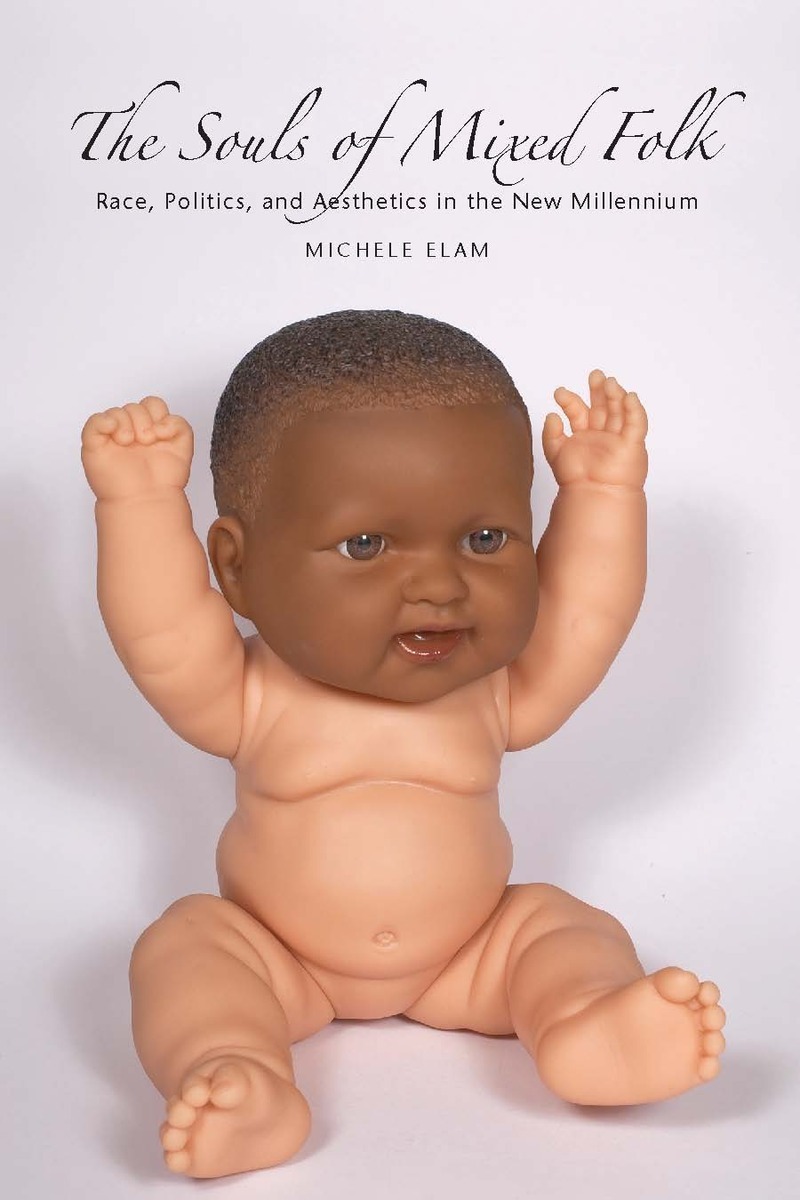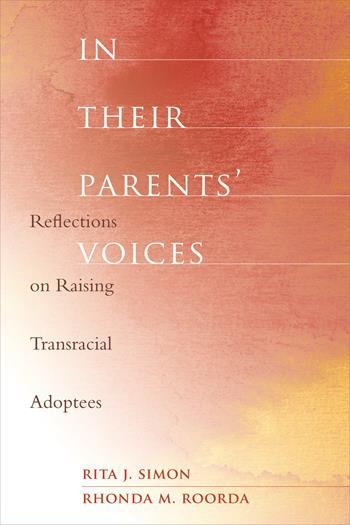The Souls of Mixed Folk: Race, Politics, and Aesthetics in the New MillenniumPosted in Anthropology, Books, Communications/Media Studies, Literary/Artistic Criticism, Media Archive, Monographs on 2013-03-24 18:51Z by Steven |
The Souls of Mixed Folk: Race, Politics, and Aesthetics in the New Millennium
Stanford University Press
February 2011
312 pages
23 illustrations
Cloth ISBN-10: 0804756295; ISBN-13: 9780804756297
Paper ISBN-10: 0804756309; ISBN-13: 9780804756303
Michele Elam, Martin Luther King, Jr. Centennial Professor of English and Olivier Nomellini Family University Fellow in Undergraduate Education
Stanford University, Stanford, California
 |
| Cover Photo: “Baby Halfie Brown Head”, from artist Lezley Saar’s, Mulatto Nation (2003) art installation. |
The Souls of Mixed Folk examines representations of mixed race in literature and the arts that redefine new millennial aesthetics and politics. Focusing on black-white mixes, Elam analyzes expressive works—novels, drama, graphic narrative, late-night television, art installations—as artistic rejoinders to the perception that post-Civil Rights politics are bereft and post-Black art is apolitical. Reorienting attention to the cultural invention of mixed race from the social sciences to the humanities, Elam considers the creative work of Lezley Saar, Aaron McGruder, Nate Creekmore, Danzy Senna, Colson Whitehead, Emily Raboteau, Carl Hancock Rux, and Dave Chappelle. All these writers and artists address mixed race as both an aesthetic challenge and a social concern, and together, they gesture toward a poetics of social justice for the “mulatto millennium.”
The Souls of Mixed Folk seeks a middle way between competing hagiographic and apocalyptic impulses in mixed race scholarship, between those who proselytize mixed race as the great hallelujah to the “race problem” and those who can only hear the alarmist bells of civil rights destruction. Both approaches can obscure some of the more critically astute engagements with new millennial iterations of mixed race by the multi-generic cohort of contemporary writers, artists, and performers discussed in this book. The Souls of Mixed Folk offers case studies of their creative work in an effort to expand the contemporary idiom about mixed race in the so-called post-race moment, asking how might new millennial expressive forms suggest an aesthetics of mixed race? And how might such an aesthetics productively reimagine the relations between race, art, and social equity in the twenty-first century?
Read an excerpt of “Obama’s Mixed Race Politics” here.


